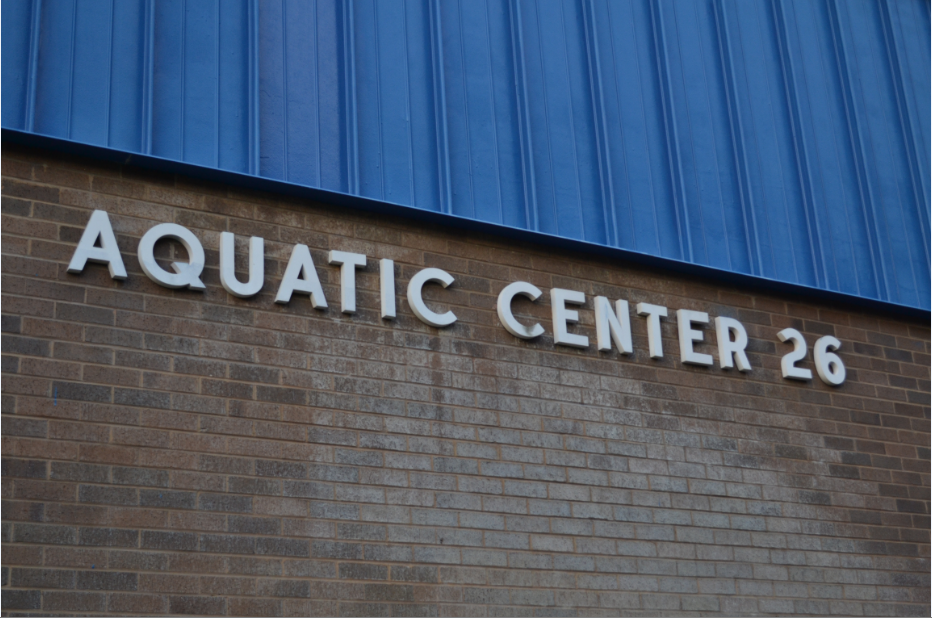
Photo by Jordan Ferrell
As you walk past the fenced-off remains of what was once the oldest athletic facility on UNF’s campus, you can still look up and see the bold white lettering on the side of the building that reads, “Aquatic Center 26,” like some obscure, headstone epitaph paying homage to a distant memory or an old friend. Unfortunately for some, that memory is not so distant and is more of a painful memento fueled by disgruntled sentiments. For others, an eyesore that has burdened this reputable university for far too long.
Well, the mission bells have finally rung. The overall deconstruction has started and what was once an appealing addition to this relatively young commuter campus will soon be “repurposed” into a multimillion dollar recreational facility with fresh hardwood floors, offices, classrooms, a new roof, HVAC (heating, ventilation and air conditioning) and most importantly, no Olympic-size pool for the swim team to practice and compete in.
According to Shari A. Shuman, UNF’s vice president of Administration and Finance, this job is going to cost the university about $5 million. Shuman explained that this project has been in the planning stages for some time and due to price escalation in terms of contractor’s quotes, the overall development is running behind schedule.
Behind schedule might be understatement, considering the fact that the doors were shut on the UNF Aquatic Center well over a year ago and the building has just been sitting there with water in its depths.
The heart of this story lies with the swim team, though, and the ladies who are on it. At this point some of you might be curious as to how all of this is affecting our NCAA Division I swim team and the implications of losing the Aquatic Center. UNF’s all-women swim team is alive and operating on contractual lifesupport with the Episcopal School of Jacksonville, located approximately 10 miles from campus.
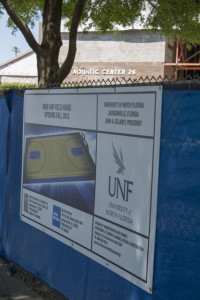
Photo by Morgan Purvis
According to Lee Moon, UNF’s athletic director, the university entered negotiations with the Christian college-preparatory school some time before the decision to close the Aquatic Center for good and set up a monetary agreement allowing the Ospreys to practice in their heated outdoor pool during the week. Unfortunately, Episcopal’s pool has no diving well, which means the Osprey diving team got the axe in a most unfortunate way.
The current UNF swim team – alongside their relatively new coach of just ten months, Ian Coffey – seem to be in high spirits despite the changes at hand. Maria and Rebecca Bernard, besides being twin sisters, are two of the remaining swimmers who have weathered this transitional phase. The Bernard sisters, both seniors at UNF, expressed how much better the conditions are at Episcopal’s pool compared to UNF’s, especially in regards to it being an outdoor pool.
“You just have to roll with the punches,” Rebecca said. “Us not having a pool is a little bit of a setback, but we do have a pool that we can swim in and it’s close enough, it’s nice, it’s outdoors and all of us wanted to swim outdoors.”
According to Shuman, an outdoor facility is exactly what UNF will be building to replace the retired Andy W. Sears pool, but the big question among the swimmers and former visitors of the Aquatic Center is when? And the bigger question at stake is how long will this swim team last without a home facility to compete in, considering that it affects recruitment, the lifeblood of a varsity sport.
Shuman said that there are several projects that UNF is working on but the new Olympic-size pool is at the “top of her list.” Blueprints and plans for the new pool are currently in the works according to Shuman, but bonded money from the state is a constant problem. Shuman predicts it being a couple of years before she can accumulate enough money to break ground on the new pool.
Ah, but fret not those of little faith, there is always light — no matter how small — at the end of every tunnel and rest assured that this is not the first speed bump in this program’s relatively short history.
Shortly after opening the doors to freshman in 1984 and acknowledging the lack of extracurricular activities and athletic institutions, the UNF put into motion the plans and funding for a cella natatoria or simply, an indoor swimming pool. Financially agreed upon and funded by the 1985 Public Education Capital Outlay (PECO) bill for $1.5 million, the project broke ground in 1986 after a minor legislative hiccup delayed the project for several months. The Andy W. Sears Natatorium was officially opened to the student body on Dec. 4, 1987. The 50 meter by 25 yard indoor heated swimming pool, with accompanying 12 foot diving well was the first of its kind in Northeast Florida.
According to UNF’s Associate Vice President for Student and International Affairs Everett J. Malcolm, III, the pool was originally intended for the campus community with the increasing enrollment of younger students in mind. The large amount of upper-class graduate students who were married and had children created a unique opportunity to expand the purpose of the pool.
Malcolm, going on his 40th year with UNF, was the first director and founder of the Child Development Research Center (CDRC). In 1988 Malcolm brought it to the attention of the director of the Aquatic Center that there was a need and/or desire to have children who were enrolled in his program to be given swimming lessons.
“Once that need was met and we still had availability in operating hours, they expanded it to the greater Jacksonville community,” Malcolm said. “Through that team of professionals they began offering programs for different swim clubs to come out and train, and thus started to develop their own entrepreneurial revenue stream.”
According to Malcolm, the money brought in from these outside programs was not an extravagant amount, but it did help defer some of the costs of running a multifaceted operation that had to meet the needs of not only the student body, but the greater Jacksonville community.
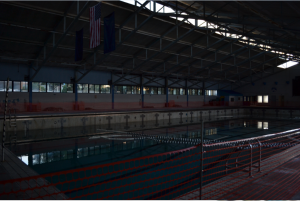
Photo by Jordan Ferrell
From that point on, the snowball of problems and frustrations would continue to roll down the proverbial hill for the next 20 years until it came to a head in 2010, when the bigwigs at UNF decided to nix the swim and diving teams all together. Unfortunately for those in favor of abolishing said programs, North Florida was put into a very tight situation, which legally required the school to pay out the remaining time on the athletes’ scholarships regardless of them actually being a part of a team or competing in any athletic events. Needless to say, the athletic department at North Florida retracted its initial statements and continued the athletic programs, but not without one particular backlash that should still haunt the dreams of those invested in sports at the university.
Lyn Ann Nelson, who set and broke multiple records in the Coastal Collegiate Swimming Association (CCSA) at UNF and was nationally ranked in the top-50 for various free swim distances, transferred to West Virginia University without any red shirt penalty after the initial shock of her swim team being excommunicated in 2010. Nelson would not look back, going on to place top-5 in multiple swimming events with the Mountaineers in her remaining years as a collegiate athlete.
Nelson, despite her UNF achievements, was just one of a dozen or so ladies who suffered the blowback of having her collegiate dreams squandered over night and out of the blue.

“Have you ever been punched in the gut and then told that somebody very significant to you had died?” Nelson said in regards to her initial reaction about the swim team being disbanded.
According to Nelson, there was never a formal reason given as to why the team was being brushed aside, but in her opinion, the Aquatic Center was in need of repairs and she felt that there were problems that needed to be dealt with in regards to the lighting and overall structure of the indoor pool.
“It was definitely well used and not very well maintained for the amount of use that it was getting from the public and from the school,” Nelson said, who swam in the pool every day for not only a scholarship, but for pleasure.
Whether or not the condition of the facility was the motive behind the decision, when the hammer finally came down on this aspiring young team, Nelson said it was “heart breaking.”
“My senior year was going to be the year,” she said. “In my head I was going to go down as one of the greatest UNF athletes to have been there.”
Unfortunately, the athletic department at North Florida would never know Nelson’s true potential because they lost her in what appears to most as a rash decision made at a fatal hour. The women’s swim team was rejoined and continued to compete in the CCSA conference the following season, but without the help of several stars, Nelson being just one.
“If I would have been apologized to I would have stayed,” Nelson said in regards to her decision to leave UNF after finding out that team would remain. “I felt like a black sheep though and I felt like I was unwanted, so I left.”
Nelson, like many of the women who continued down the road of collegiate swimming after UNF, only looked back to give herself a frame of reference, not to revel in the glory she achieved in her short time at North Florida.
This was not the end of UNF’s Aquatic Center or its swim team though. No sir, this was just one stop on the road to ultimate finality. As the years continued to roll by, the Aquatic Center’s physical issues, that Nelson was privy to, were compounded by a lack of funds and increasing use.
The real reasoning behind the facility’s unfortunate demise was far more complex and intricate than an athletic department issue. The original purposing of the pool, which allowed for non-student public use, affected the overall maintenance process and complicated the funding to a point of certain doom.
According to Malcolm, the water temperature of the pool also became a very unique and fragile situation that was in a constant state of dispute. While athletes like the water temperature to be somewhere between 78-82 degrees Fahrenheit or colder when practicing and competing, some of the public who were paying for memberships to use the pool for therapeutic exercise wanted the temperature to be 86-90. The higher temperatures put athletes in a very uncomfortable position in terms of overheating and exhaustion.
The funding of the Aquatic Center’s salary and basic maintenance needs was originally placed in the hands of student government and according to Malcolm, this worked out relatively well for some years, but as memberships increased, the responsibility of funding was transferred to a more localized system that required the Aquatic Center to keep itself afloat from the revenue it was bringing in. This undoubtedly created a situation, which by nature required the facility to cater more towards the needs of the community as opposed to the athletic department.
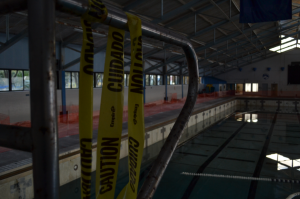
Photo by Jordan Ferrell
Nevertheless, the overall condition of the Aquatic Center itself rested in the hands of Student Affairs and Administration and Finance. Essentially it was those two branches of UNF that were responsible in keeping the structure in good standing with the Health Department and with the student body.
“The nature of the Aquatic Center, it being an auxiliary operation, required it to generate money to actually reinvest back into the facility,” Malcolm said. “As needs came up, for instance remarciting the pool, 10-15 years after opening the doors we were able generate enough excess revenue to earmark money for repair and maintenance.”
A pool requires continual maintenance though, and those requirements started to stack up and become overwhelming according to Malcolm, despite National Science Foundation money that was granted to the facility for upkeep because the Aquatic Center was initially a state funded building. The money allotted to the Aquatic Center from the state funnels through multiple levels and it is awarded, according to Malcolm, based on the size and overall need of the actual facility. As far as divvying up the required maintenance like chlorine levels, proper filtration, surfacing and lighting, the tasks were split between Student Affairs and Physical Facilities, a division of Administration and Finance.
“We [Student Affairs], to the best of our ability, did everything we could do to maintain the rest of this chlorine filled environment and you know when you put chlorine gas and metal together, that combination over time will deteriorate the steel of a structure,” Malcolm said.
Malcolm wasn’t deferring all of the problems that led to the overall shutdown of the facility to Administration and Finance. The problems that did fall into their court such as lights and garage doors that aided in ventilation, were “addressed over time,” according to Malcolm. Unfortunately for those who frequented the facility and for those who were in charge of doing the actual repairs, the problems seemed to keep coming up.
“You finish one project and it leads to another project, then all of a sudden we are back to trying to save money to remarcite the pool,” Malcolm said, explaining the snowball of issues that seemed to grow larger as the years ticked by.
The remarciting of the pool was a cover up for a much larger issue that threatened the functionality of the Aquatic Center as a whole. The entire facility including the rebar under the pool and large parts of the roof were rusting through and in need of a complete overhaul, which would have cost the university an extravagant amount of money, that they either didn’t have or didn’t want to use for a facility that already had internal issues completely unrelated to the soundness of the overall building.
Clearly, the university had a very important decision to make. Do they fix the problems, continue to let the building limp along until it was forcefully shut down or repurpose the building into something useful for the student body?
Well, the decision is clear now, but the uncertainties still remain. There is no single reason why the Aquatic Center was closed and the swim team put out on the street without a home. There are only justifications that may or may not ever be resolved. The question of whether or not the new pool will actually be built is a sensitive subject and the answer will be revealed in time.
—
For more information or news tips, contact sports@unfspinnaker.com; if you see an error in this story or have any compliments or concerns, contact news@unfspinnaker.com.





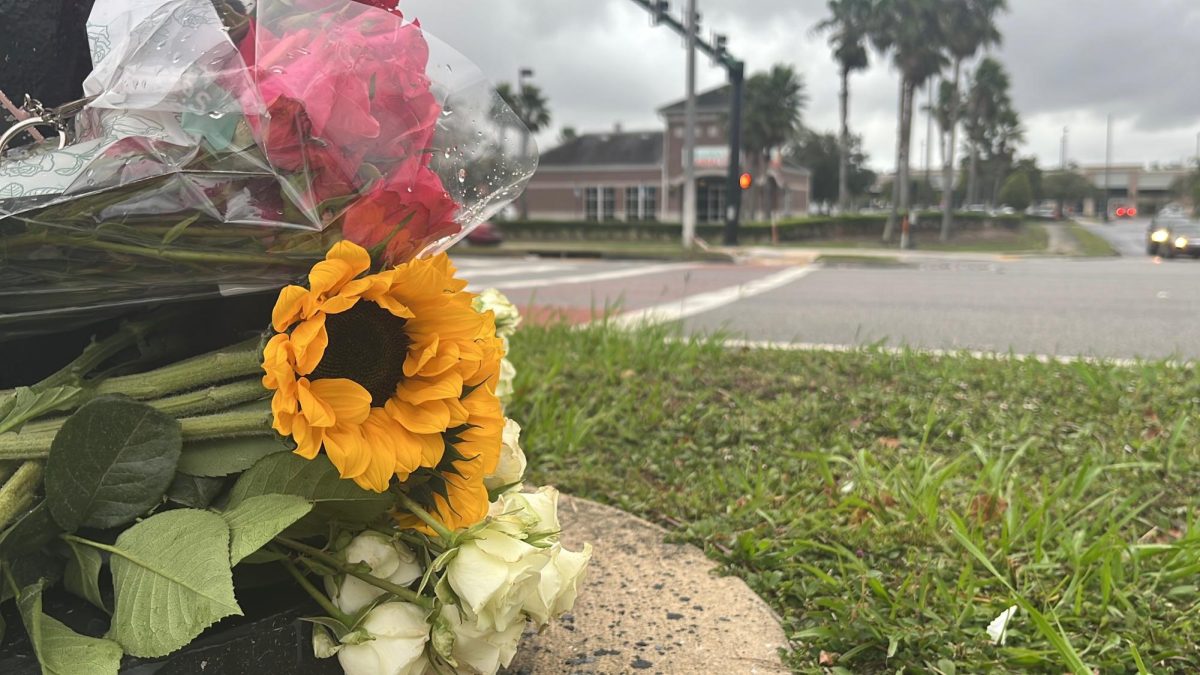
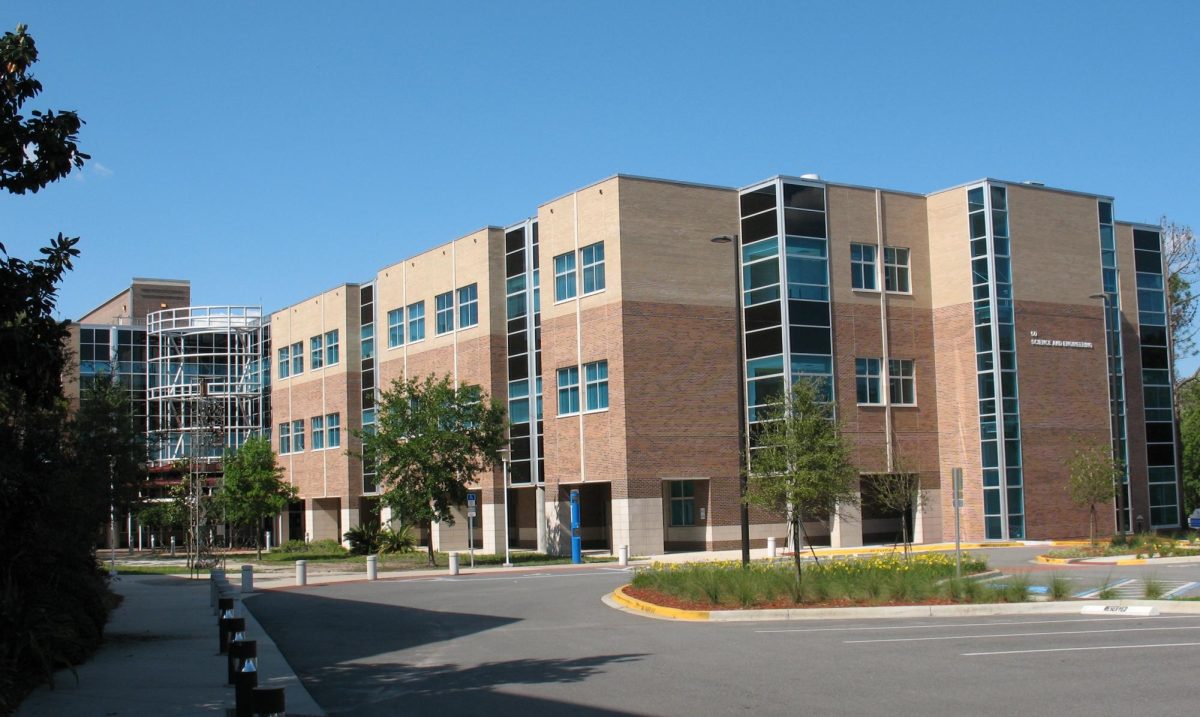
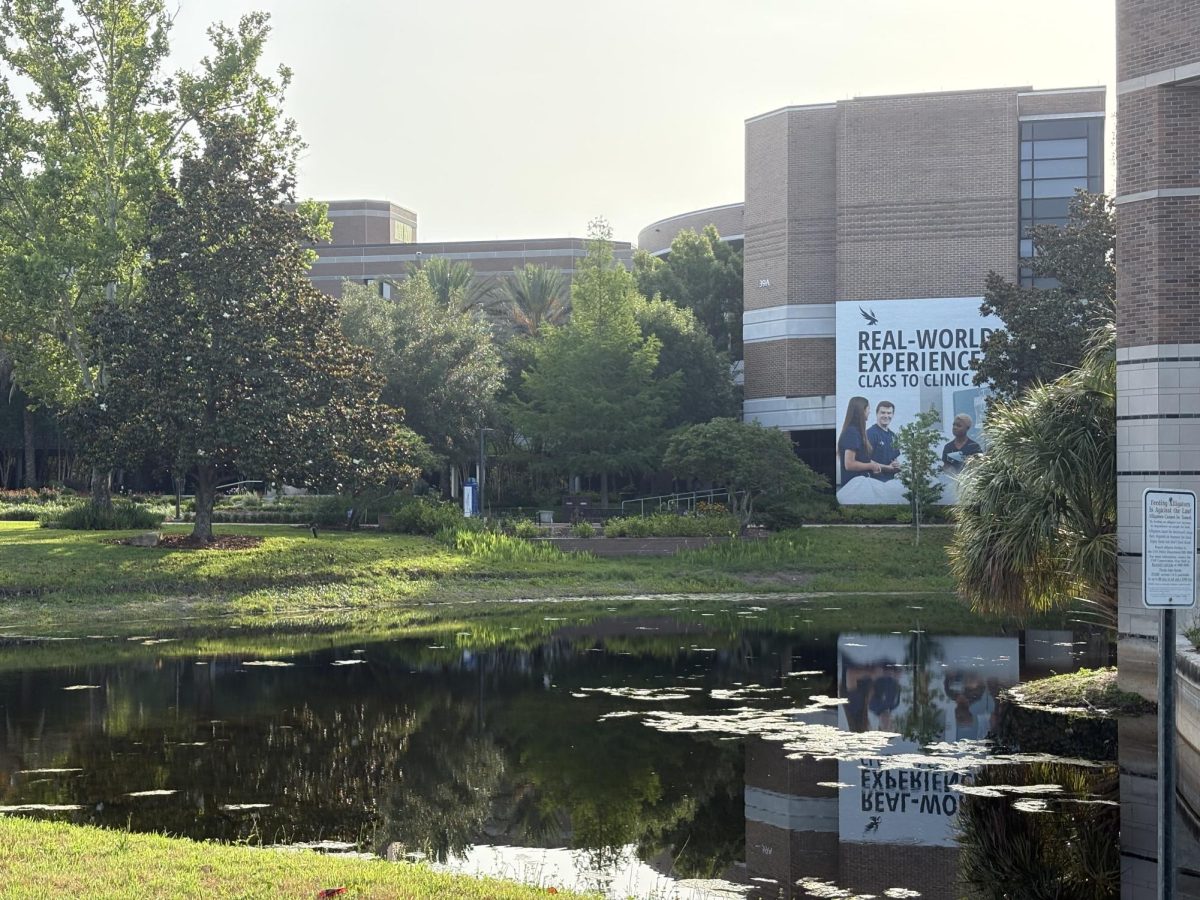
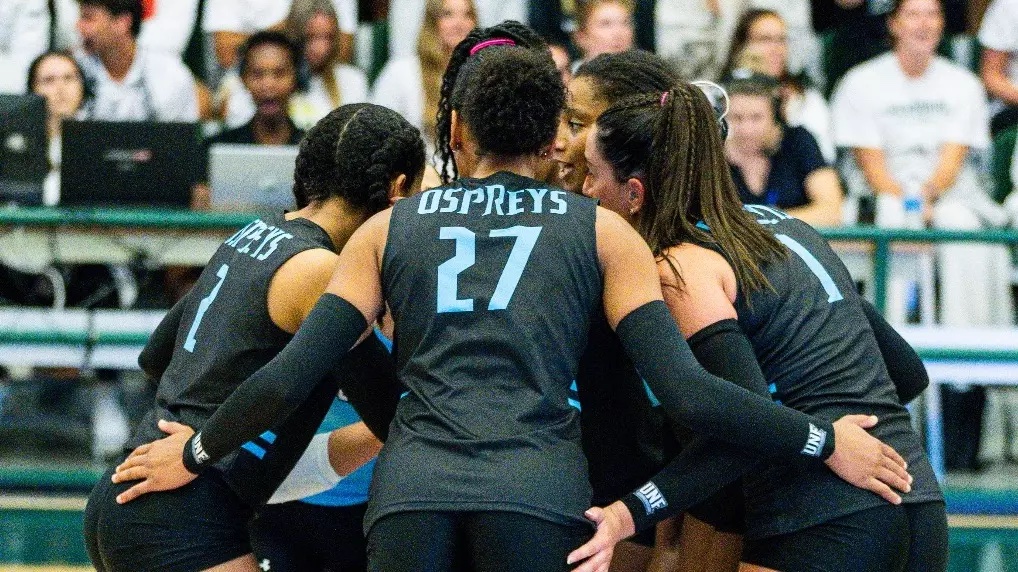
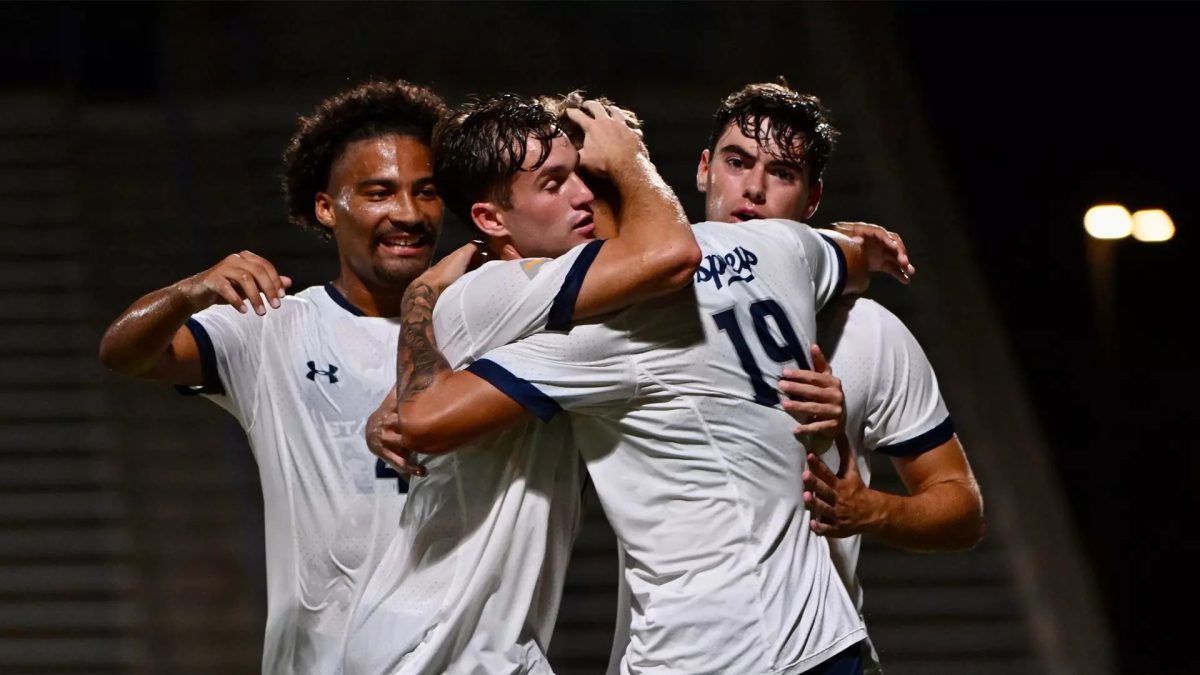
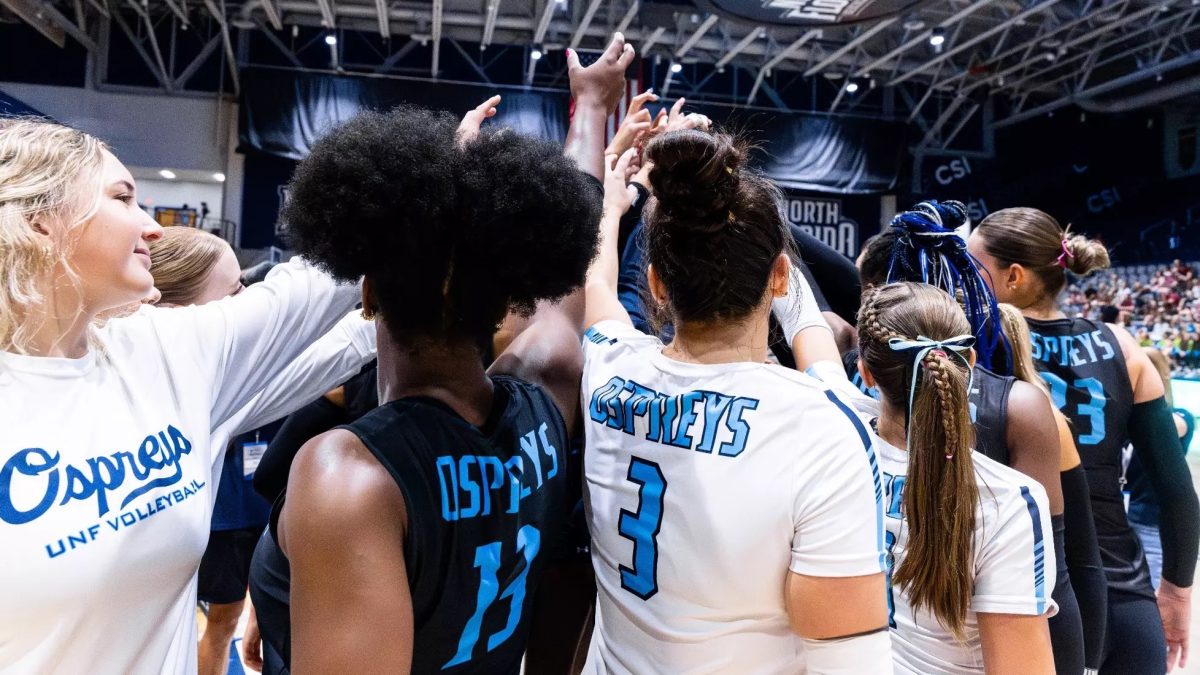
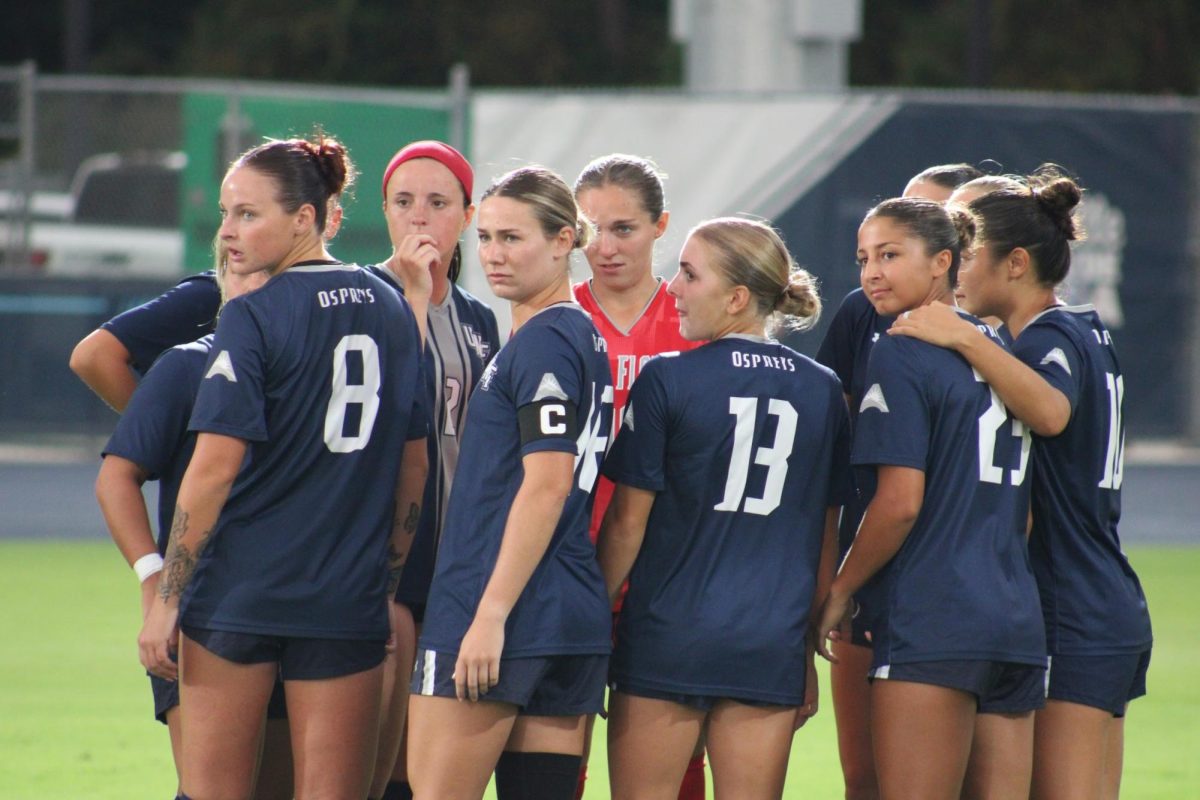
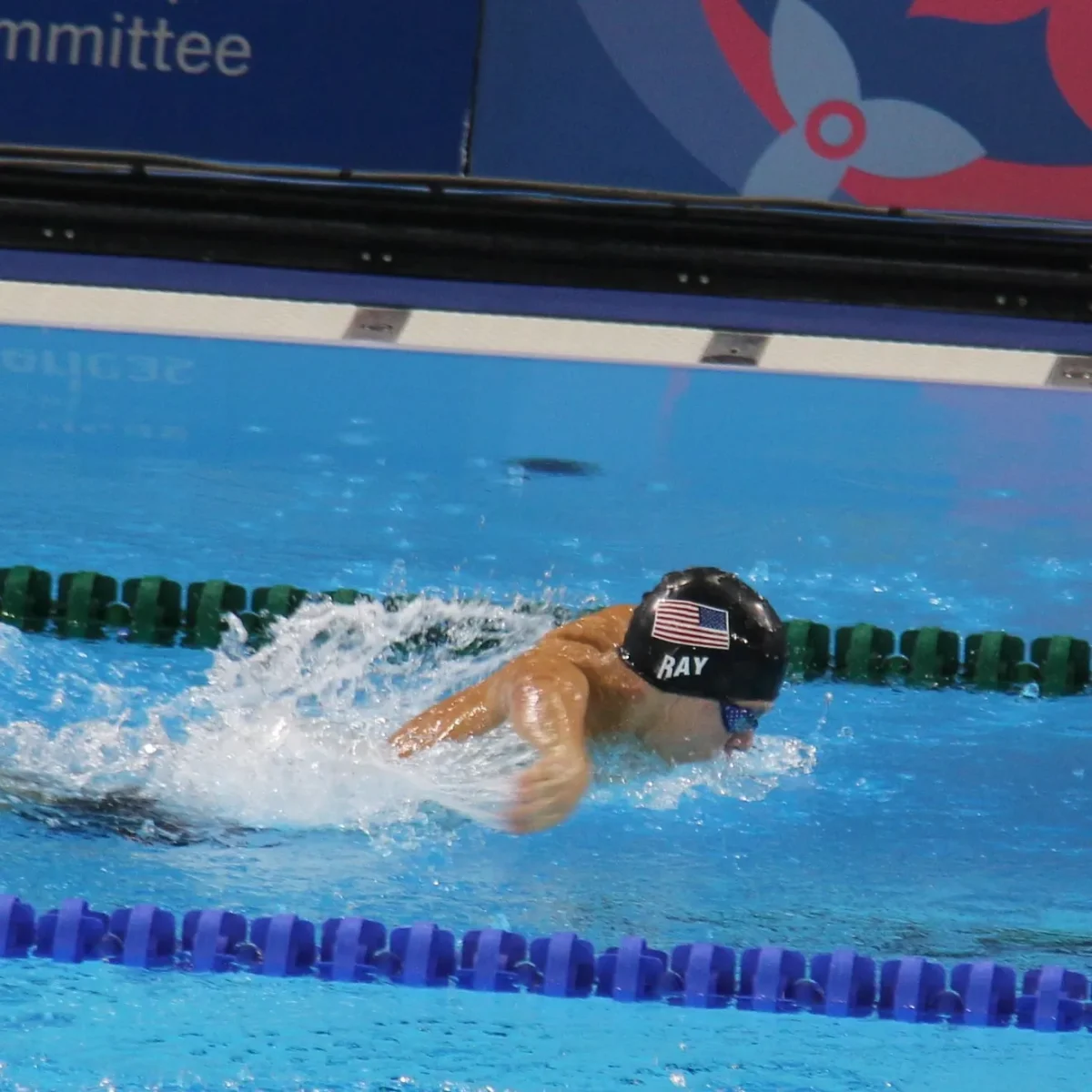
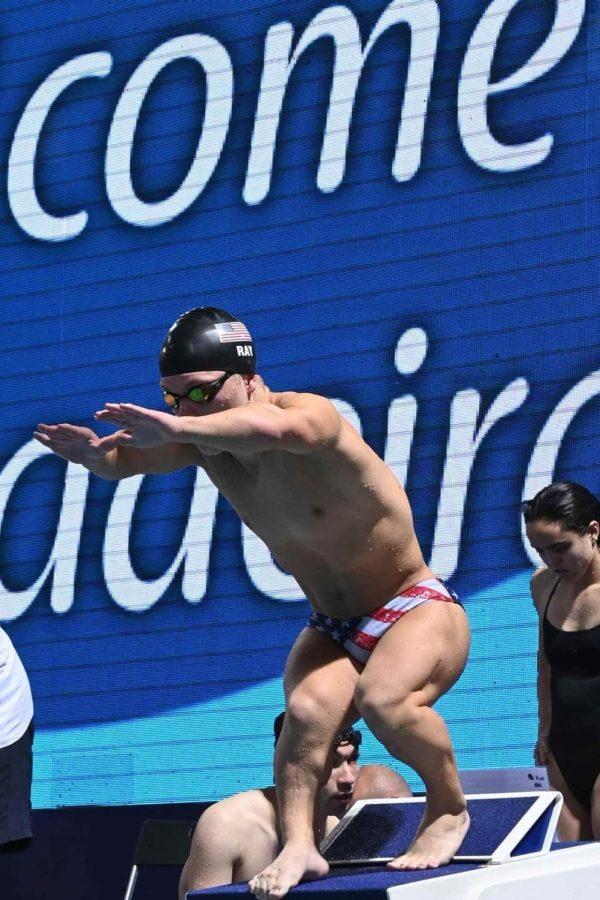

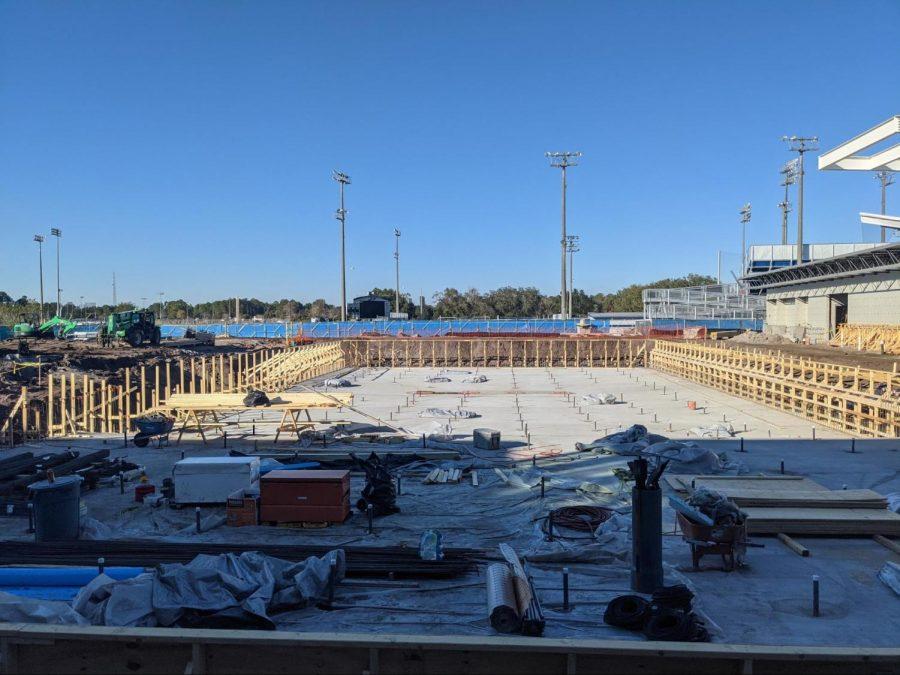
A Piller | Jan 5, 2017 at 10:05 pm
good to know that the school is willing to put funds into the upkeep of this center, unfortunately, that is not the case around the country. Good read